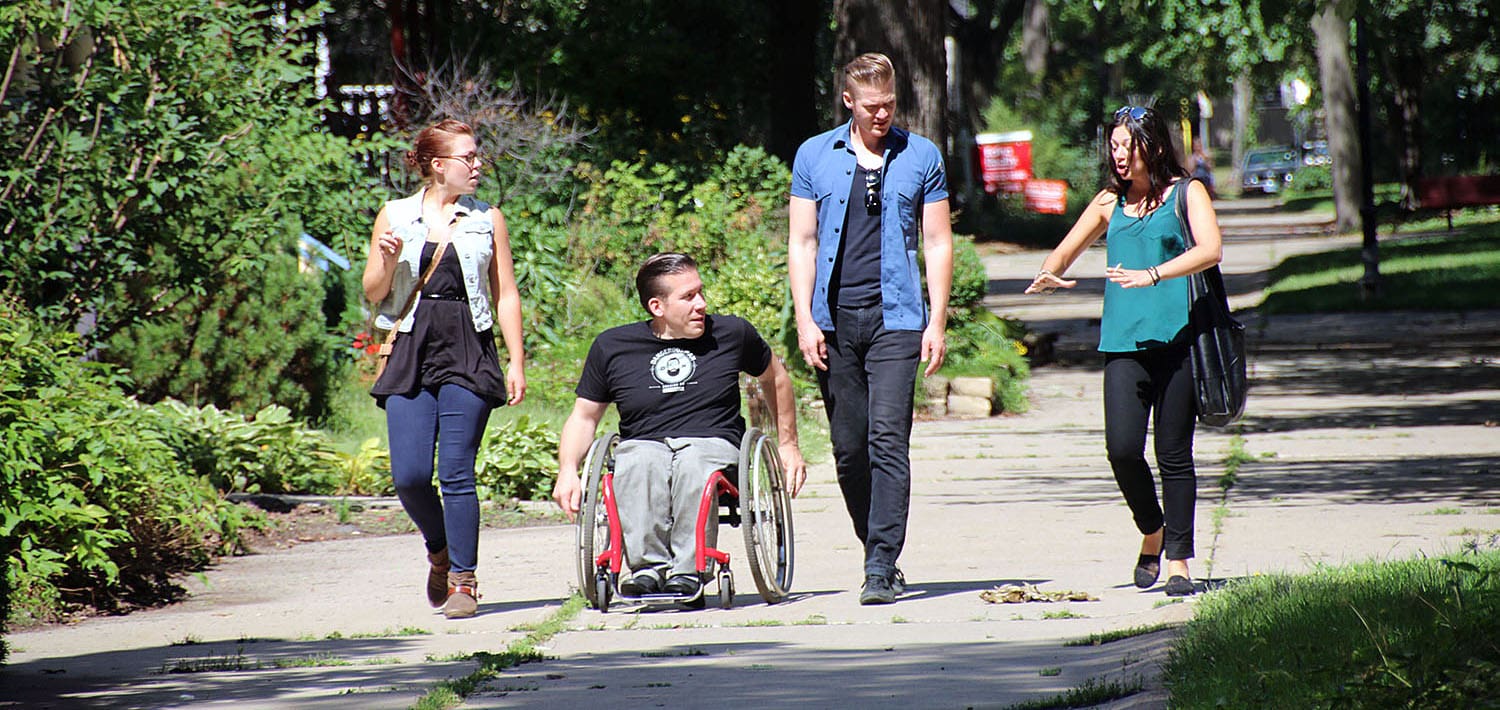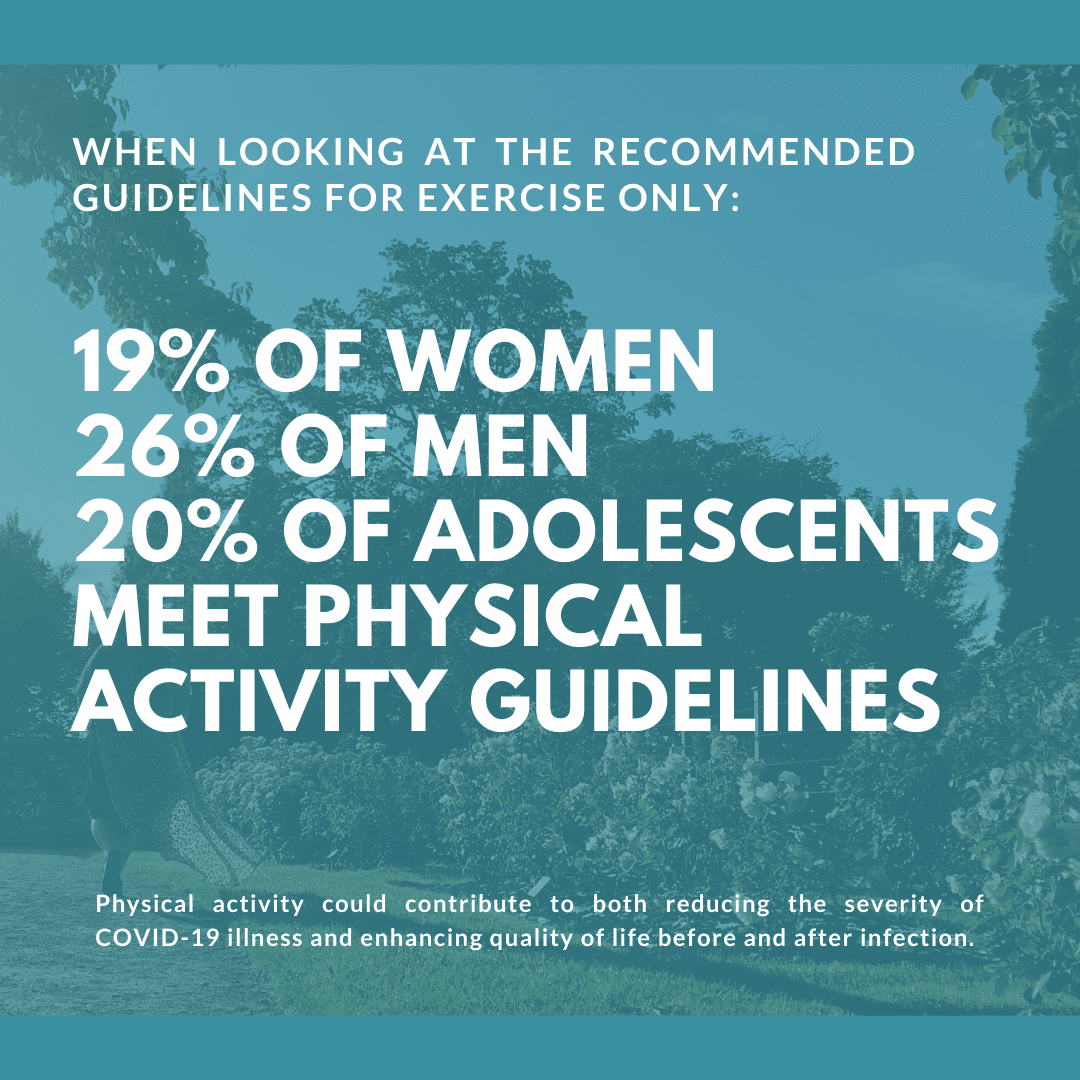
This is a guest blog by James F. Sallis, a health psychologist, and Michael Pratt, a preventive medicine physician at UC San Diego. Both have spent their careers researching physical activity and advocating for greater efforts to help people be active. As they cover the scientific validations for why moving and walking is critical in this times, America Walks also acknowledges the often inherent issues around access, privilege, systemic racism and ableism issues or tones that can be associated with broad recommendations around physical activity. Especially at a time when people may be fearful to leave their homes and not have enough room or resources to safely walk, move, and be physically active in their community. We see you, and continue our work to support the dismantling of these barriers.
Exercising is probably not top of mind as we struggle with how to protect ourselves, our families, and our communities during the COVID-19 pandemic. Perhaps it should be, because physical activity is relevant to controlling COVID-19 and maintaining quality of life.
Physical activity is one of the most powerful forces for good health. It helps prevent and/or treat many physical and mental health conditions by improving functioning of numerous physiological systems. In this piece we explain how harnessing the salutogenic power of physical activity could help ease the anticipated trauma of the coronavirus pandemic in four ways.
First, physical activity has potential to reduce the severity of COVID-19 infections. This virus attaches to lung tissue. The immune system detects an invader and attacks the virus. The conflict between the virus and immune cells creates inflammation. That inflammation causes damage to lung tissue that can become severe and require medical interventions, such as mechanical ventilators.
How is this relevant to physical activity? When you are active, muscles produce compounds that improve functioning of the immune system and reduce inflammation. Thus, physical activity strengthens the two biological processes that react to the infection. Although studies of the effects of exercise have not been conducted with COVID-19 patients, the effects of exercise on immunity, inflammation, and viral respiratory infections are well documented. Because muscles make up 30-40% of body weight, they can be a powerful ally in fighting the impact of infection, but only when the muscles are being used. Moderate intensity physical activity, like walking, has the best impact, but extreme vigorous exercise, like running a marathon, temporarily reduce immune function.

Second, physical activity is effective for both preventing and treating heart diseases, diabetes, and eight cancers, all of which increase risk of severe illness and death among those infected with the coronavirus. Though physical activity is widely recommended by health authorities, efforts to promote active lifestyles are minimal. It makes sense now to encourage people, especially those with chronic conditions, to be moderately active prior to being infected, to reduce severity of illness after infection.
Third, we anticipate that symptoms of anxiety and depression will increase as the pandemic continues. Fortunately, being physically active has important mental health benefits. Each session of physical activity boosts mood and reduces anxiety, so being active every day can be a partial antidote to the stress of the pandemic. For people already feeling distress, being active is as effective as medications and psychotherapy. The most common physical activity is walking, which is free, accessible to most people of all ages, and lends itself to maintaining social distancing.
Fourth, the body’s response to psychological stress creates imbalances between cortisol and other hormones that negatively affect the immune system and inflammation. Recommended strategies for improving cortisol balance are physical activity and stress management. Thus, restoring cortisol balance is another mechanism by which physical activity benefits immunity and inflammation.

Due to its multiple benefits, physical activity should not be an afterthought during this pandemic; being active should be a key recommendation. Only 19% of women, 26% of men, and 20% of adolescents meet physical activity guidelines, so the majority of Americans are increasing their risk for many diseases. We recommend studies on the impact of regular physical activity on the severity of illness among people infected by the virus, but action does not need to wait for a study. Physical activity is already widely recommended, and there is much evidence that physical activity could contribute to both reducing the severity of COVID-19 illness and enhancing quality of life before and after infection. What is missing is a concerted effort to implement some of the many evidence-based interventions.
We have been encouraged by media stories and online posts from citizens encouraging people to be active during the current crisis. We are pleased that orders for sheltering in place have been accompanied by advice to get outdoors and be active while practicing social distancing. As examples, California Governor Newsome encouraged walking the dog and taking children to parks. New York Governor Cuomo suspended fees for visiting state parks. Any kind of enjoyable moderate activity, indoors or outdoors, is great for mind and body. But going for a daily walk outdoors can be a high point of the day for millions that helps us get through this pandemic while preserving as much quality of life as possible.
It is imperative that we see the policy-driven removal of socio-economic barriers to outdoor physical activity as an inherent part of our work – from public health to urban planning – so that all individuals and communities have safe, equitable, and enjoyable opportunities to keep themselves moving and healthy.